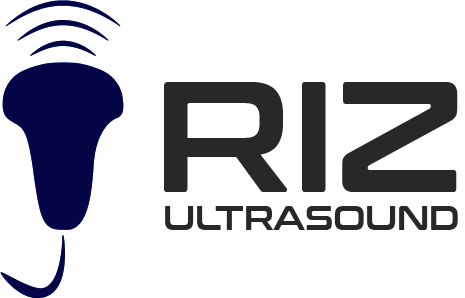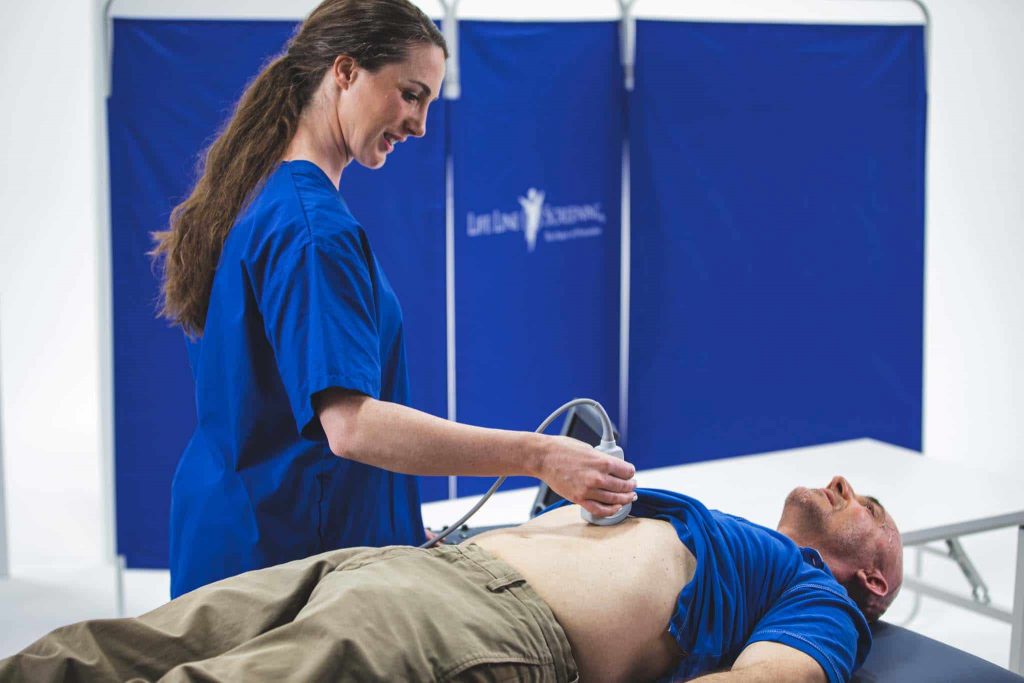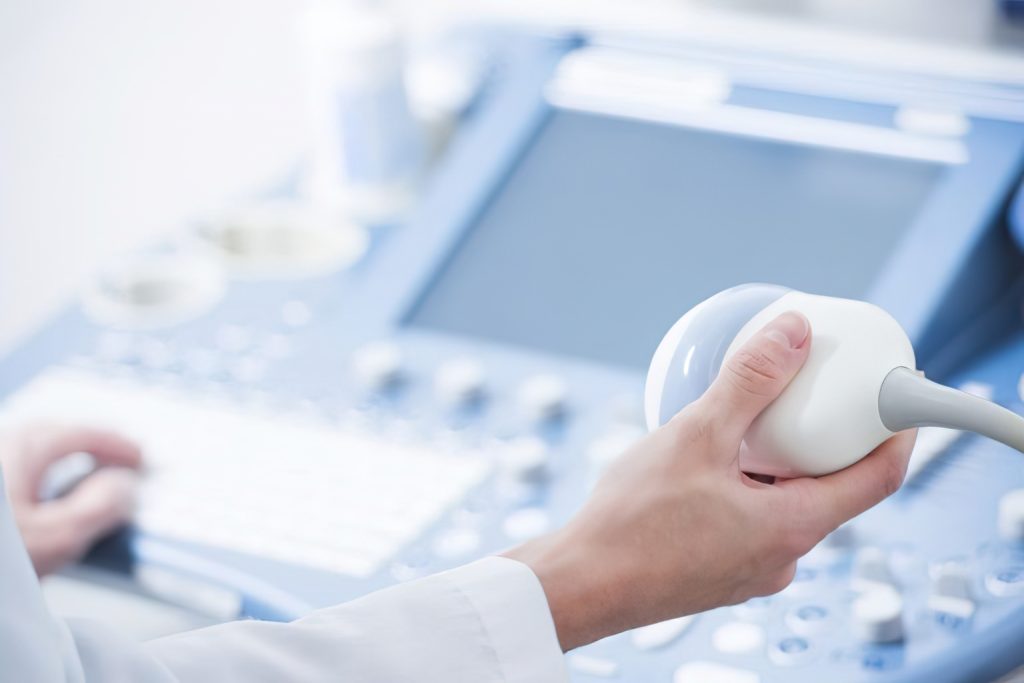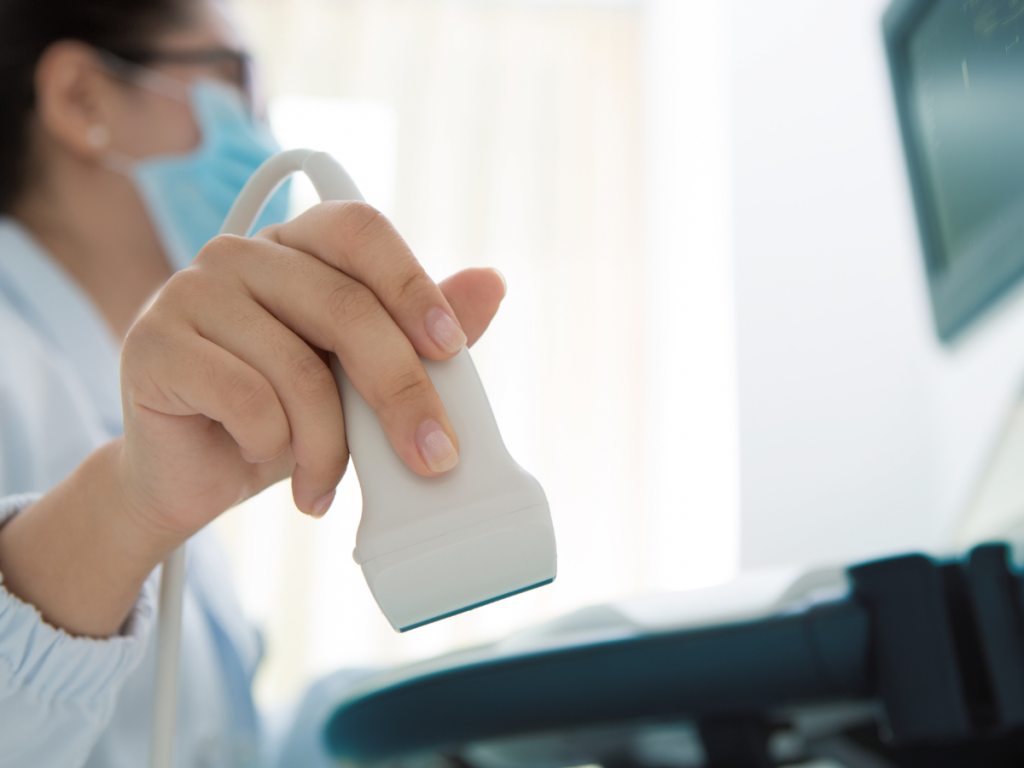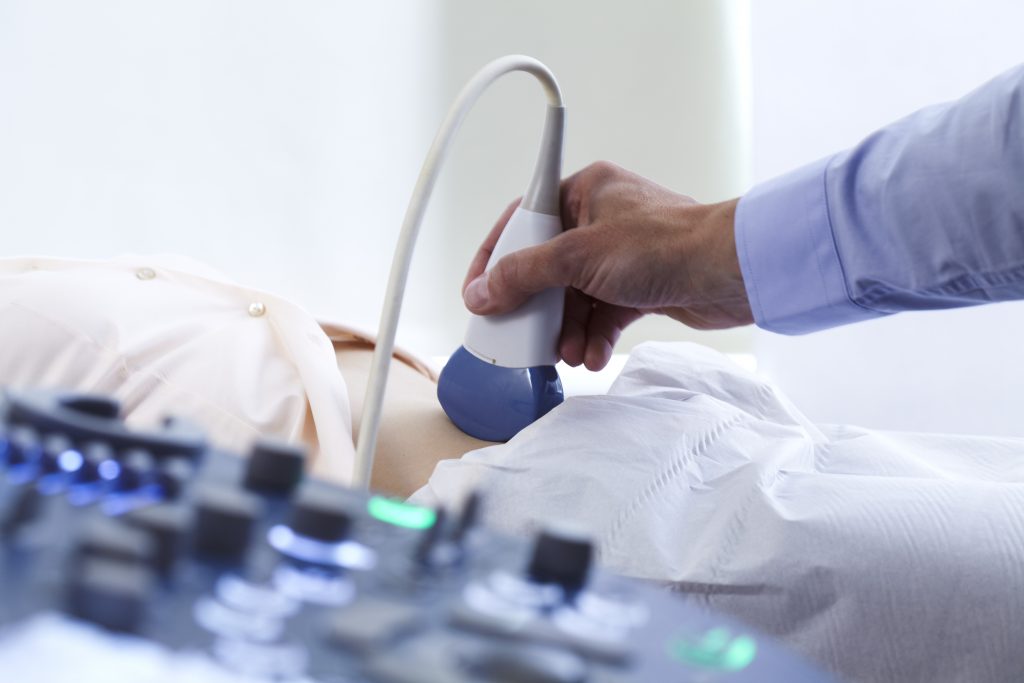An aortic is a major artery in your body that carries blood away from your heart to the rest of your body. When the walls of the aortic become weak, they may become swollen or bulge. It happens in your abdomen, which leads to a condition known as an abdominal aortic aneurysm. It may not cause any serious issues, but a ruptured aneurysm is more dangerous.
In some cases, you may not need specific treatment, but it may bring on some symptoms. These signs and symptoms often cause health issues, and your doctor may provide you with proper treatment. But diagnosing AAA can lead to preventing the appearance of symptoms. This article will help you learn about abdominal aortic aneurysm AAA screening.
Let’s get into the details.
What are the Symptoms of an Abdominal Aortic Aneurysm?
The weak aortic wall can cause the following symptoms, such as:
- Loss of consciousness
- Pain in your pelvis and back
- Increased heart rate
- Having a sudden pain in your back and abdomen
- Sweaty skin
Growing abdominal aortic aneurysm AAA can bring a swollen artery near your belly button that you can see.
What are the Causes of Abdominal Aortic Aneurysm AAA?
A buildup in your artery can cause pressure that leads to abdominal aortic aneurysm AAA. Certain diseases can cause plaque buildup that raises the pressure.
The other cause of AAA is the weakening of the aortic walls that bulge them out. The following causes can also lead to abdominal aortic aneurysm AAA:
Vascular Inflammation – It happens in rare cases that vascular inflammation weakens your artery walls
Smoking – Health experts share that if a person has smoked 100 cigarettes, it increases the risk of weak arteries that make them bulge. According to NCBI, smoking also leads to high blood pressure or hypertension, which affects arteries.
Hypertension – Certain things can lead to high blood pressure that also weakens your aortic. Ensure you maintain your blood pressure level, or it will affect the blood vessels.
How an Ultrasound Helps to Diagnose AAA?
If abdominal aortic aneurysm AAA is not ruptured, your healthcare provider may ask for some tests. When your doctor suspects AAA, you may need to have an ultrasound. An ultrasound is a diagnostic method that does not involve incision and is also pain-free.
If the walls of the artery are weak, an ultrasound will capture it and show it on the computer screen. It uses sound waves that go inside the body. The sound waves bounce back when they are hit by a dense object and produce images on the screen.
Unlike X-rays or MRIs, it does not involve any radiation, which makes it a preferable choice for diagnosing your health conditions.
Ultrasound also helps a healthcare provider to view the size and shape of the aortic and what increases the pressure.
Being overweight or an obesity can cause unclear images and may not provide a detailed view. In these cases, your healthcare provider may ask for other imaging tests, such as MRIs, CT scans, and angiography.
What are the Risk Factors of Abdominal Aortic Aneurysm AAA?
The following factors put you at high risk of developing abdominal aortic aneurysm AAA:
- Males are more likely to develop it
- Older than 60
- Smoking or use of other tobacco products
- Obesity or being overweight
- Being a patient with high blood pressure (hypertension)
- Have had an abdomen trauma
- Family history of heart disease and aneurysm
If you have any above risk factors, go for regular checkups. Ensure you choose healthy lifestyle choices to reduce the risk of abdominal aortic aneurysm AAA.
What are the Treatments for Abdominal Aortic Aneurysm AAA?
If the size of the aneurysm is small or only a few centimeters, your healthcare provider may need only monitoring instead of performing surgery. The growing stage may need surgery, including open surgery and endovascular repair to replace the ruptured walls of the artery. Open abdominal surgery may take a long time to recover as it involves the replacement of a damaged artery with an artificial one.
But endovascular repairs involve a minor needle insertion that takes only a few days to recover. To perform surgery, your healthcare provider considers multiple factors, like age, an underlying condition like hypertension, etc.
How to Prevent Abdominal Aortic Aneurysm?
Healthy lifestyle choices can reduce the risk of AAA. The most important prevention step is that you take care of your heart health. The complications of heart disease or condition increase the risk of weak aortic walls as these complications affect the blood vessels the most. Hypertension is also a condition that can put you at higher risk. Smoking leads to high blood pressure and causes more heart-related conditions.
Regular exercise, limited cholesterol intake, a healthy diet, and good mental health are the important measures that you should follow. Stress management is also a crucial step that reduces its formation risk because emotional stress causes hypertension and increases the pressure on the artery walls.
What Complications Can You Expect?
A ruptured AAA can cause many health complications, as it leads to internal bleeding. It may cause signs and symptoms, including:
- Pseudoaneurysm
- Infections
- Fistulas
- Blood clots
The Bottom Line
An abdominal aortic aneurysm needs proper care and treatment. If you experience its symptoms, visit your doctor as soon as possible. Because the ruptured aortic can cause serious health conditions. Choosing healthy lifestyle choices can reduce the risk, such as quitting smoking and avoiding stress. At RIZ Ultrasound, we provide the best ultrasound services in Glasgow. If you need any help, contact us anytime.
